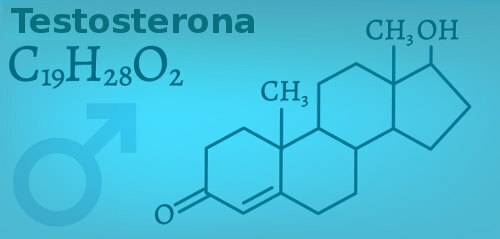Thanks to reproduction, the perpetuation of life is possible from its inception. The earliest form of reproduction was asexual, a process in which a single individual is able to give rise to others with the same genotype. Binary division, sporulation, budding and cuttings are some examples.
The principle of sexual reproduction is the formation of the embryo from the union of male gametes and female, giving rise to individuals similar to the parents, but not identical, as in reproduction asexual. For this reason, it is very important with regard to genetic variability.
As for the life cycles, we have three:
- Diplont haplobiont cycle: from the union of gametes, the zygote is formed. This, by successive mitoses, gives rise to a diploid individual. Through meiosis, there is the formation of gametes, which will allow the individual to continue the cycle. E.g.: animals.
- Haplobiont haplont cycle: adults are haploid and, by mitosis, produce gametes. The union of gametes forms a diploid zygote, but which divides by meiosis, giving rise to haploid individuals. Eg: fungi and some protozoa and algae.
Do not stop now... There's more after the advertising ;)

- Diplobiont cycle: there is an alternation of generations between haploid and diploid individuals. E.g.: plants, some algae and cnidarians.
With regard to the development of the animal embryo, they can be:
- Ovuliparous: fertilization takes place outdoors. Eg: some species of fish and amphibians.
- Oviparous: fertilization is internal, with the formation of eggs. E.g.: some snakes, platypus, etc.
- Ovoviparous: the embryo develops inside the egg, which is retained in the female's oviduct. E.g.: shark, some snakes, etc.
- Viviparous: the embryo is housed in the placenta, and absorbs nutrients and oxygen directly from the maternal blood. E.g.: human being, dog, etc.
Want to learn more about reproduction and development? Check out the texts in this section!
By Mariana Araguaia
Graduated in Biology
Brazil School Team
Biology - Brazil School


